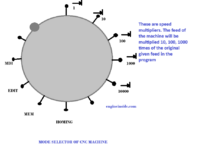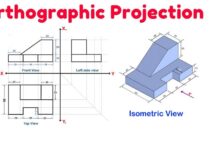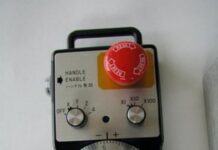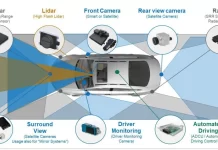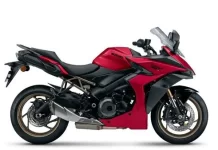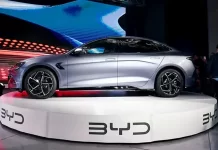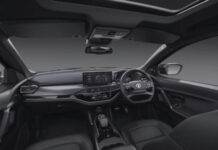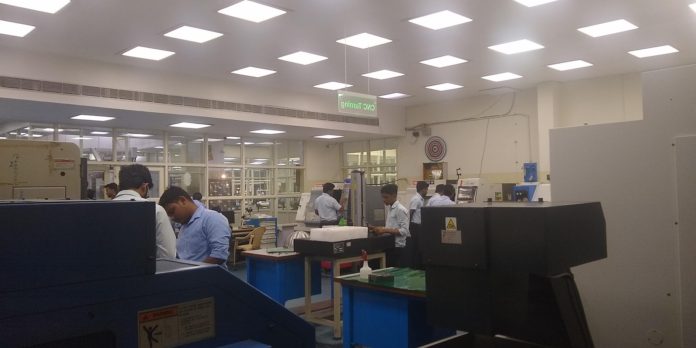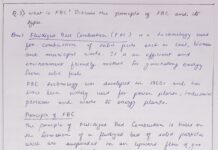Introduction to CNC Technology
NC is the automation of machine tools that are operated by precisely programmed commands encoded on a storage medium, as opposed to controlled manually by hand wheels or levers, or mechanically operated by cams alone.
Most NC today is CNC in which computers play an integral part of the control.
NC (Numeric Control) – Drawbacks ;
1. No program edit
2. No program delete
3. No flexibility
CNC ( Computer Numeric Control )
Definition 1 – Numeric Control form of flexible programmable automation in which process is controlled by numbers, letters, symbols.
Definition 2 – Instructions stored as program in a micro computer attached to machine. More adaptable as hard wired system.
Definition 3 – Electronic Industries Association defined NC as a system in which actions are controlled by direct insertion of Numerical data at some point. The system must automatically interpret atleast some portion of data.
History :
Father of CNC – John T. Parsons
Invention of NC – 1952
Invention of CNC – 1980
Invention of DNC – 1990
Detailed History :
– US Air Force commissioned MIT to develop the first NC M/C in 1949. Demonstration of m/c was done in 1952
– CNC m/c was developed in late 1970s
– CNC m/c could be found everywhere from rural to urban companies
Advantages and Disadvantages :
Advantages –
1. It has good surface finish
2. It ahs high accuracy
3. Mass manufacturing can be done since repeatable jobs can be done
4. Takes less time for operation
5. Complicated operation can be done
6. More safe to operate
Disadvantages –
1. Initial cost is high, Expense in Purchasing, Transportation and Installation
2. Takes more space to install
3. High maintenance cost
4. Requires highly skilled operator
5. High running cost
6. Consumes more electricity, Electricity consumtion is in running AC, compressors and motors
7. Operator cost is high, in terms salary
8. Its spare parts are not easily available in the market










